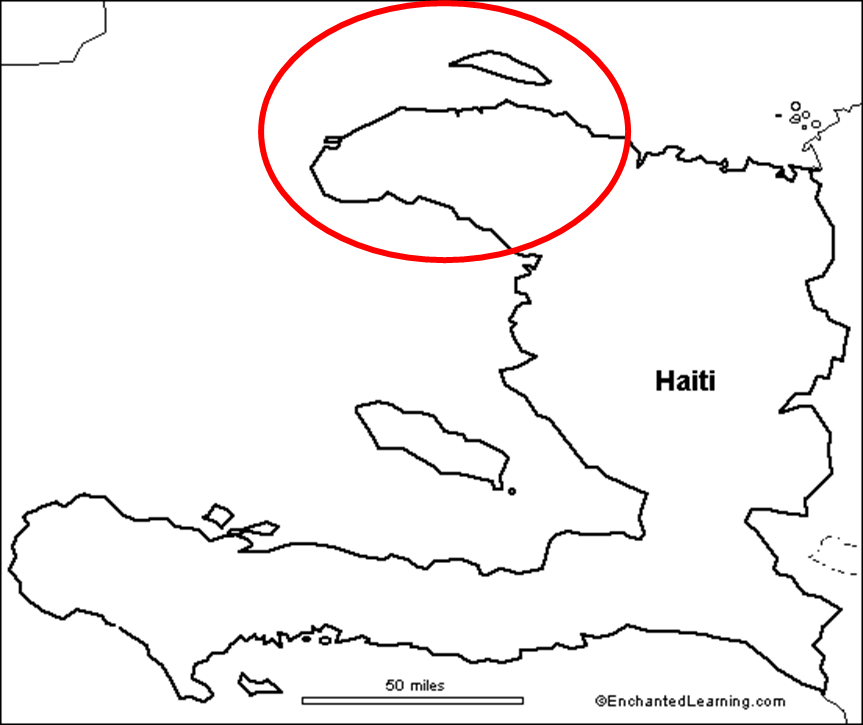The objective of this annex was to provide the UN agency IFAD‘s with an entry point for understanding the production and marketing strategies among the targeted beneficiaries in North West, Haiti. There are some 700,000 women, men, and children in the Department of the North West and the commune of Anse Rouge. The majority live perilously close to the nutritional margins of survival: by international standards, 23% of their children are chronically malnourished; 10% are acutely malnourished (CNSA 2014). The irony of their situation is that they live in territory that was once part of the most productive agricultural colony on earth: French Saint Dominque. Yet, today–after 45 years and over US$100 million of production-targeted interventions from the international development agencies and the Haitian Governments — they practice the most rudimentary productive technologies (see Schwartz 2009). There is no electric grid in the region; preciously little water; roads and transport are such that that it is far easier and arguably less expensive to ship merchandise to urban Port-au-Prince from Miami–715 miles away–than from the target region–less than 100 miles away. The opportunities to raise income through market access is clear and present. But in economically intervening on the behalf of these farmers, indeed in seeking partnership with them and encouraging them to elevate their own investments in remunerative market access enterprises, it is critical that we understand how they have survived thus far.
North West Haiti Surveys and Report (IFAD 2015)
March 19, 2016





 Download PDF
Download PDF


